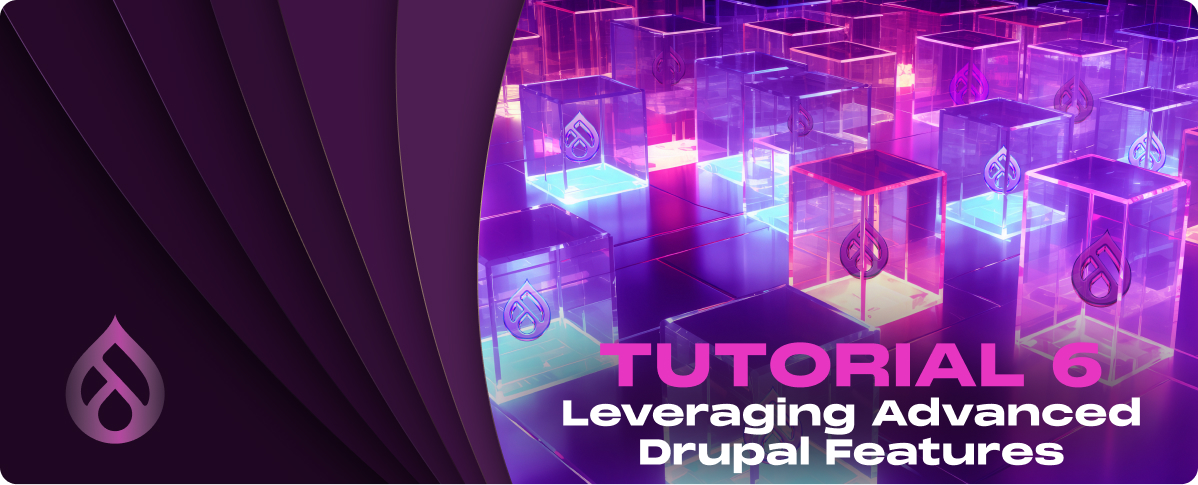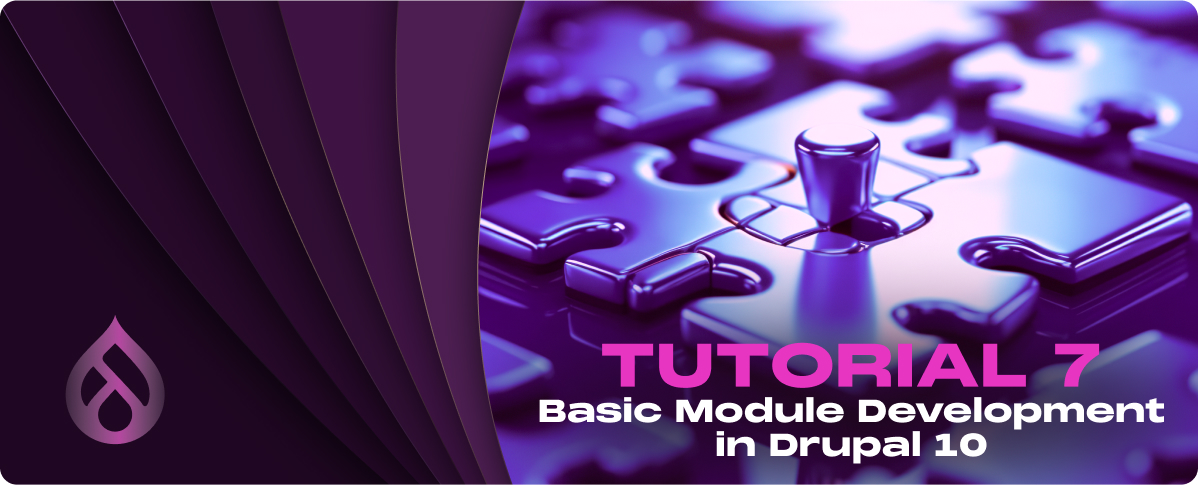Introduction to Advanced MERN Stack Development
Importance of Adhering to Best Practices in Development
Following best practices in MERN stack development is important for several reasons:
- Maintainability: Well-structured code that follows best practices is easier to debug, update, and expand.
- Security: Adherence to security best practices protects your application from common vulnerabilities.
- Performance: Efficient code and architecture decisions enhance the speed and responsiveness of your applications.
- Collaboration: Standardized practices improve collaboration among developers by making the code more understandable.
How Best Practices Contribute to Efficient and Secure Applications
Best practices in MERN development touch on various aspects, from coding standards and version control to security measures and performance optimization. By following these, developers can create applications that meet current needs and are prepared for future expansion. For instance, implementing proper error handling and validation improves application security, while component reusability and state management patterns enhance UI efficiency.
Security Measures
Key Security Concepts for MERN Applications
Security is important in web application development.
For MERN stack applications, several key security measures should be considered:
- Data Validation and Sanitization: Ensure all user input is validated and sanitized to prevent attacks such as SQL or JavaScript.
- Authentication and Authorization: Implement secure authentication mechanisms (JWT, OAuth) and ensure users can only access resources they are permitted to. Passport.js is a popular library for handling authentication in Node.js applications.
- HTTPS: Use HTTPS to encrypt data in transit, protecting sensitive information from being intercepted.
- Dependency Management: Regularly update your dependencies to include security patches. Tools like npm audit can help identify and fix vulnerable dependencies.
- Environment Variables: Use environment variables to manage sensitive information, ensuring that API keys, database URIs, and other secrets are not hardcoded into your source code.
- Cross-Origin Resource Sharing (CORS): Configure CORS properly to prevent unauthorized domains from accessing your resources.
- Security Headers: Use security-related HTTP headers (Content Security Policy, X-Frame-Options, etc.) to protect against common attacks like cross-site scripting (XSS) and clickjacking.
- Rate Limiting: Implement rate limiting to prevent brute-force attacks and ensure your application remains available and responsive under heavy load.
Coding Best Practices for MERN Stack Development
Readable and Maintainable Code
Writing Clean, Understandable, and Maintainable Code
- Consistency: Adhere to a consistent coding style across your project. Use tools like ESLint and Prettier in your development workflow to enforce coding standards.
- Descriptive Naming: Use clear, descriptive names for variables, functions, and components. Names should convey their purpose or functionality.
- Function Simplicity: Keep functions focused on a single task. This makes your code more reusable and easier to test.
- Commenting and Documentation: Comment your code where necessary to explain the “why” behind complex logic. Maintain up-to-date documentation for your project’s setup, architecture, and important functions.
Code Organization and Modularization Strategies
- Componentization: In React, break down the UI into small, reusable components to simplify development and maintenance.
- Service Layer: For Node.js, abstract business logic and database interactions into services and models, keeping your route handlers clean and concise.
- Directory Structure: Organize your project files in a logical manner. For example, group React components by feature or page and backend code by functionality (e.g., routes, controllers, models).
Version Control Best Practices
Efficient Use of Git in Team Environments
- Commit Early and Often: Make small, incremental commits. This practice makes it easier to identify and undo changes if something goes wrong.
- Clear Commit Messages: Write meaningful commit messages describing the changes made and their reason.
Branching Strategies and Commit Guidelines
- Branching Strategies: Adopt a strategy that suits your team’s workflow, such as Git Flow or GitHub Flow. Use feature branches for new features or bug fixes and merge them back into the main branch through pull requests.
- Code Reviews: Implement a code review process for pull requests to improve code quality and share knowledge among team members.
- Continuous Integration (CI): Set up CI to automate testing and linting for every push or pull request, ensuring that only passing code is merged into the main branch.
Security Best Practices
Securing the Node.js Backend
Preventing Common Security Vulnerabilities
- Injections: Use prepared statements or ORM/ODM libraries (like Mongoose) that automatically sanitize data to prevent injection attacks.
- Cross-Site Scripting (XSS): Sanitize user input to ensure that HTML or JavaScript injected into forms or query parameters cannot be executed in the browser. Libraries like dompurify can help.
- Cross-Site Request Forgery (CSRF): Use CSRF tokens in forms to ensure that requests originate from your application. Middleware like csurf can help implement CSRF protection.
Using Security-Related HTTP Headers and Securing Cookies
- HTTP Headers: Utilize libraries like helmet in your Express applications to set various HTTP headers for security, such as Content-Security-Policy, X-Frame-Options, and X-XSS-Protection.
- Cookies: Set cookies with the HttpOnly and Secure flags to prevent access through JavaScript and ensure transmission only over HTTPS. Use the SameSite attribute to mitigate CSRF risks.
Securing MongoDB
Database Security Best Practices
- Access Controls: Implement role-based access control (RBAC) in MongoDB to limit access to data based on user roles. Ensure that database credentials are securely stored and not hard-coded in your application.
- Encrypting Sensitive Data: Use field-level encryption for sensitive data stored in MongoDB. Consider encrypting data at rest using MongoDB’s encryption at rest capabilities or third-party tools.
- Network Security: Restrict database access to known IP addresses and avoid exposing MongoDB directly to the internet. Use a VPN or private network for database connections.
React Security Considerations
Protecting Against XSS in React Applications
- Safe Rendering: React’s JSX renders text as text, not HTML, by default, which helps prevent XSS attacks. Be cautious with dangerouslySetInnerHTML and always sanitize content to prevent XSS.
- User Input: Sanitize user-generated content that might be rendered as HTML or included in URLs. Validate and sanitize user input on both the client and server sides.
Safe Handling of User Input and Data
- Validation and Sanitization: Validate user input for type, length, format, and range. Use libraries like validator for string validation and sanitization.
- Dependency Security: Regularly update React and other dependencies with npm update or yarn upgrade to mitigate vulnerabilities in third-party libraries.
Performance Optimization
Backend Performance Optimization
Techniques for Optimizing Node.js Server Performance
- Asynchronous Code: Leverage Node.js’s non-blocking I/O model using asynchronous operations and promises to handle concurrent requests efficiently.
- Clustering: Utilize Node.js clustering to take advantage of multi-core systems, allowing your application to handle more simultaneous connections.
- Caching: Implement caching strategies, such as in-memory caching with Redis, to reduce database read operations and speed up response times for frequently requested data.
Database Optimization and Efficient Querying
- Indexing: Use indexes in MongoDB to speed up query execution. Proper indexing can drastically improve performance for read-heavy applications.
- Query Optimization: Analyze query performance with MongoDB’s explain() method and optimize queries to fetch only the necessary data.
- Connection Pooling: Utilize connection pooling in MongoDB to manage database connections efficiently and reduce connection overhead.
Frontend Performance Optimization
Strategies for Speeding Up React Applications
- Code Splitting: Implement code splitting in your React application to reduce the initial load time. Dynamic import() syntax allows you to split your code into separate bundles that are loaded only when needed.
- Lazy Loading: Use React’s Suspense and lazy for lazy loading components, which helps in loading only the necessary components based on the user’s actions or route.
- Memoization: Use memo for memoizing components and useMemo and useCallback hooks to memoize expensive calculations and functions, reducing the number of re-renders.
Optimizing Rendering and Reducing Bundle Sizes
- Minimize State Changes and Re-renders: Optimize component state and props to minimize unnecessary re-renders. Be mindful of how data flows through your application and use tools like React Developer Tools to analyze component performance.
- Tree Shaking: Utilize webpack’s tree shaking feature to remove unused code from your bundle, reducing its size and improving load times.
- Optimize Assets: Compress images and other static assets. Use modern image formats like WebP for better compression and quality.
- Service Workers: Implementing service workers in your React application can cache assets and enable them to work offline, improving load times for repeat visits.
Testing Strategies for MERN Applications
The Importance of Testing in the Development Lifecycle
- Quality Assurance: Testing identifies bugs and issues before deployment, ensuring a higher quality product.
- Refactoring Confidence: Automated tests provide a safety net that facilitates code refactoring and enhancements without introducing regressions.
- Documentation: Tests can serve as documentation for expected behavior, making it easier for new developers to understand the system.
Overview of Testing Types
- Unit Testing: Tests individual units or components of the software in isolation (e.g., functions, methods, or classes) to ensure they work as expected.
- Integration Testing: Tests the interactions between different application parts (e.g., server and database, frontend and backend) to ensure they work together correctly.
- End-to-End Testing: Simulates real user scenarios from start to finish, testing the entire application’s flow to ensure the integrated system functions as intended.
Testing the Backend
Tools and Frameworks for Backend Testing
- Mocha & Chai: Mocha is a flexible testing framework for Node.js, and Chai is an assertion library that pairs well with Mocha, allowing for various testing styles.
- Jest: An all-in-one testing solution that can handle testing needs for both the backend and front end. Jest comes with built-in test runners, assertion libraries, and mocking capabilities.
Writing Effective Tests for APIs and Server Logic
- Focus on critical paths in your application logic and API endpoints.
- Use supertest for HTTP assertions to test Express routes.
- Mock external services or databases to isolate the system under test.
Testing the Frontend
Testing React Components and Hooks
- Unit Testing: Test individual components and hooks in isolation. Verify that they render correctly with different props and that state changes behave as expected.
- Integration Testing: Test how components interact with each other and with context providers or higher-order components.
Tools for Frontend Testing
- Jest: Provides a comprehensive testing framework for JavaScript applications, including support for testing React components.
- React Testing Library: Focuses on testing components in a way that simulates how users interact with the application rather than testing implementation details. It works well with Jest and encourages best practices in testing.
Strategies for Effective Frontend Testing
- Use React Testing Library’s utilities to simulate user actions and verify the UI updates correctly.
- Mock external dependencies, such as API calls, using Jest’s mocking capabilities to isolate the component being tested.
- Incorporate snapshot testing for components where visual consistency is crucial, but use it judiciously to avoid brittle tests.
Continuous Integration and Deployment (CI/CD)
Implementing CI/CD Pipelines
Overview of CI/CD and Its Benefits in MERN Stack Projects
- Continuous Integration (CI) involves automatically building and testing code changes as soon as they are committed to a repository, ensuring that new code integrates smoothly with the existing codebase.
- Continuous Deployment (CD) automates the deployment of code to a staging or production environment after the CI process, ensuring that code changes are delivered to users quickly and reliably.
- Benefits: Faster release cycles, improved code quality, reduced manual error, and better team collaboration.
Setting Up CI/CD with GitHub Actions or Other Platforms
- GitHub Actions: Offers an easy way to automate CI/CD workflows directly within your GitHub repository. You can set up workflows to build, test, and deploy your MERN application on every push, pull request, or other GitHub events.
Example GitHub Actions workflow for a Node.js backend:
name: Node.js CI
on:
push:
branches: [ main ]
pull_request:
branches: [ main ]
jobs:
build:
runs-on: ubuntu-latest
steps:
– uses: actions/checkout@v2
– name: Use Node.js
uses: actions/setup-node@v1
with:
node-version: ’14’
– name: Install dependencies
run: npm install
– name: Run tests
run: npm test
- Other Platforms: Jenkins, CircleCI, and Travis CI are other popular CI/CD tools that can be integrated with GitHub, Bitbucket, or GitLab. They offer more customization and control but may require additional setup and infrastructure.
Automating Testing and Deployment
Strategies for Automating the Testing Process
- Automate Unit, Integration, and End-to-End Tests: Ensure all types of tests are run automatically as part of the CI pipeline. Use tools like Jest for backend and frontend unit and integration tests and Cypress or Selenium for end-to-end testing.
- Parallel Testing: Run tests in parallel to reduce CI pipeline execution time.
Automated Deployment to Production Servers
- Deployment Scripts: Write scripts to automate the deployment process, including steps like code checkout, dependency installation, build processes, and server restarts.
- Environment-Specific Configurations: Use environment variables to manage configuration for different environments (development, staging, production). Ensure sensitive information is securely stored and accessed.
Rollbacks and Blue/Green Deployments: Implement strategies to quickly rollback deployments if issues are detected. Consider using blue/green deployment techniques to minimize downtime and reduce risk by running two identical production environments.
Staying Updated and Learning More
Keeping Up with the MERN Stack
Resources for Staying Updated with MERN Stack Developments
- Official Documentation and Blogs: Regularly visit the official websites and blogs of MongoDB, Express.js, React.js, and Node.js. They often publish updates, tutorials, and best practices.
- Online Courses and Tutorials: Platforms like Udemy, Coursera, and freeCodeCamp offer up-to-date courses on MERN stack technologies. Look for courses that focus on the latest versions and features.
- Tech News Sites and Aggregators: Websites like Hacker News, Reddit (e.g., r/reactjs, r/node, r/mongodb), and Medium have vibrant communities where updates and articles are frequently shared.
- Podcasts and YouTube Channels: Many experts share insights and updates through podcasts and YouTube channels. Channels like Traversy Media, Academind, and The Net Ninja cover a wide range of web development topics, including the MERN stack.
Joining Communities and Engaging with Other Developers
Why Community Engagement is Important
- Knowledge Sharing: Communities provide a platform for sharing knowledge, tips, and best practices. Engaging in discussions can offer new perspectives and solutions to problems.
- Networking: Building a network with other developers can open up opportunities for collaboration, mentorship, and even career advancement.
- Staying Motivated: Learning alongside others helps in staying motivated and committed to continuous improvement.
How to Engage with MERN Stack Communities
- Participate in Forums and Discussion Boards: Engage in discussions on platforms like Stack Overflow, Reddit, and specialized forums for web development.
- Attend Meetups and Conferences: Look for local or virtual meetups, workshops, and conferences focused on MERN stack technologies. These events are great for learning from experts and networking.
- Contribute to Open Source Projects: Contributing to open source projects using MERN stack technologies can be a rewarding way to apply your skills, learn from others, and give back to the community.
- Social Media and Professional Networks: Follow thought leaders and join LinkedIn, Twitter, and Facebook groups focused on MERN stack development. Many professionals share insights, articles, and job opportunities on these platforms.
The Flutter team provides comprehensive documentation covering every aspect of Flutter development, from getting started to advanced topics.
- Flutter Docs: The official Flutter documentation is the go-to resource for understanding the fundamentals, widgets, state management, and more. It’s regularly updated to reflect the latest features and best practices.
- API Reference: The Flutter API reference offers detailed information on Flutter’s extensive set of libraries and classes.
- Flutter YouTube Channel: The Flutter YouTube channel features tutorials, development tips, and updates on new features.
The Flutter team provides comprehensive documentation covering every aspect of Flutter development, from getting started to advanced topics.
- Flutter Docs: The official Flutter documentation is the go-to resource for understanding the fundamentals, widgets, state management, and more. It’s regularly updated to reflect the latest features and best practices.
- API Reference: The Flutter API reference offers detailed information on Flutter’s extensive set of libraries and classes.
- Flutter YouTube Channel: The Flutter YouTube channel features tutorials, development tips, and updates on new features.




































